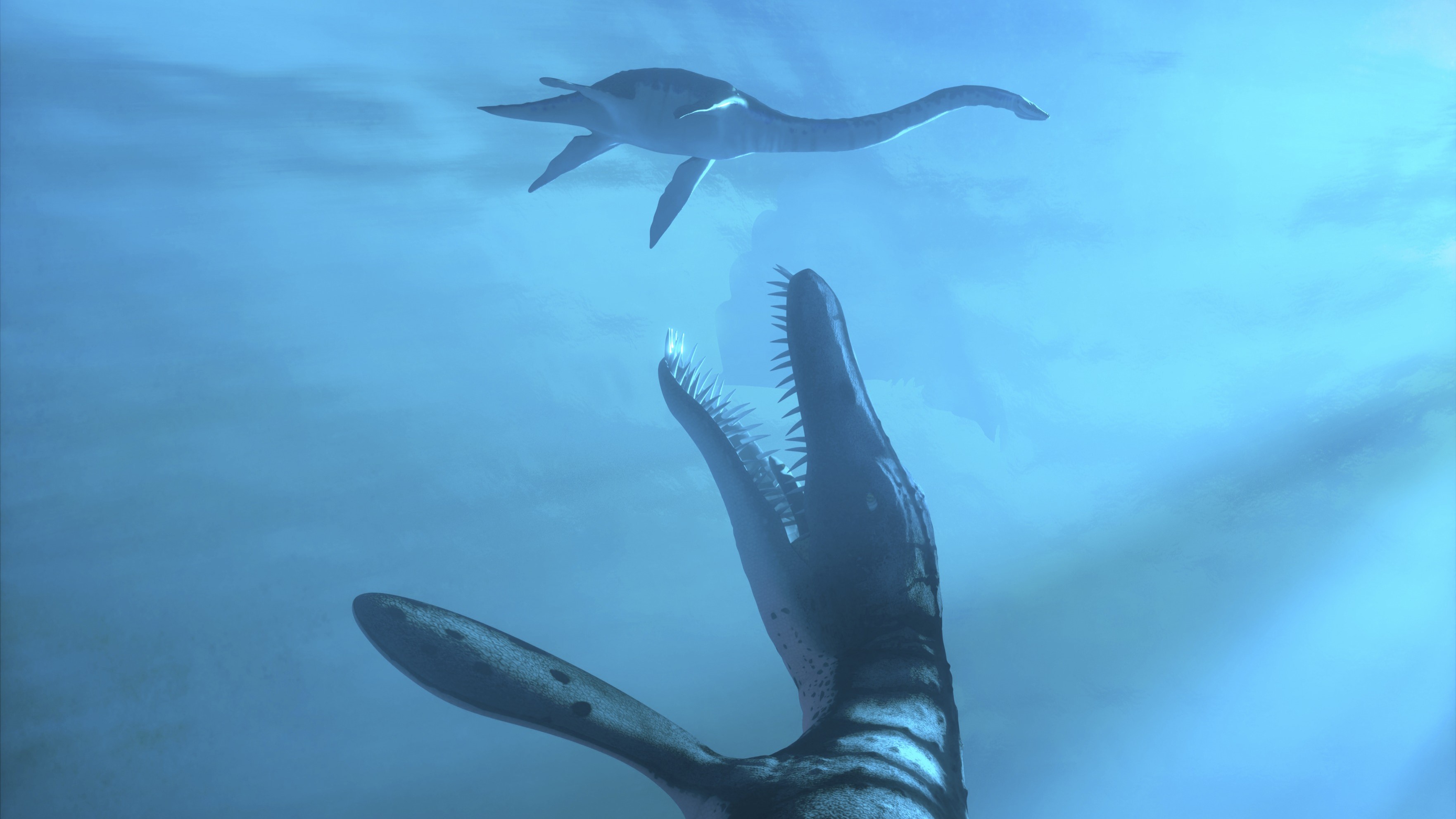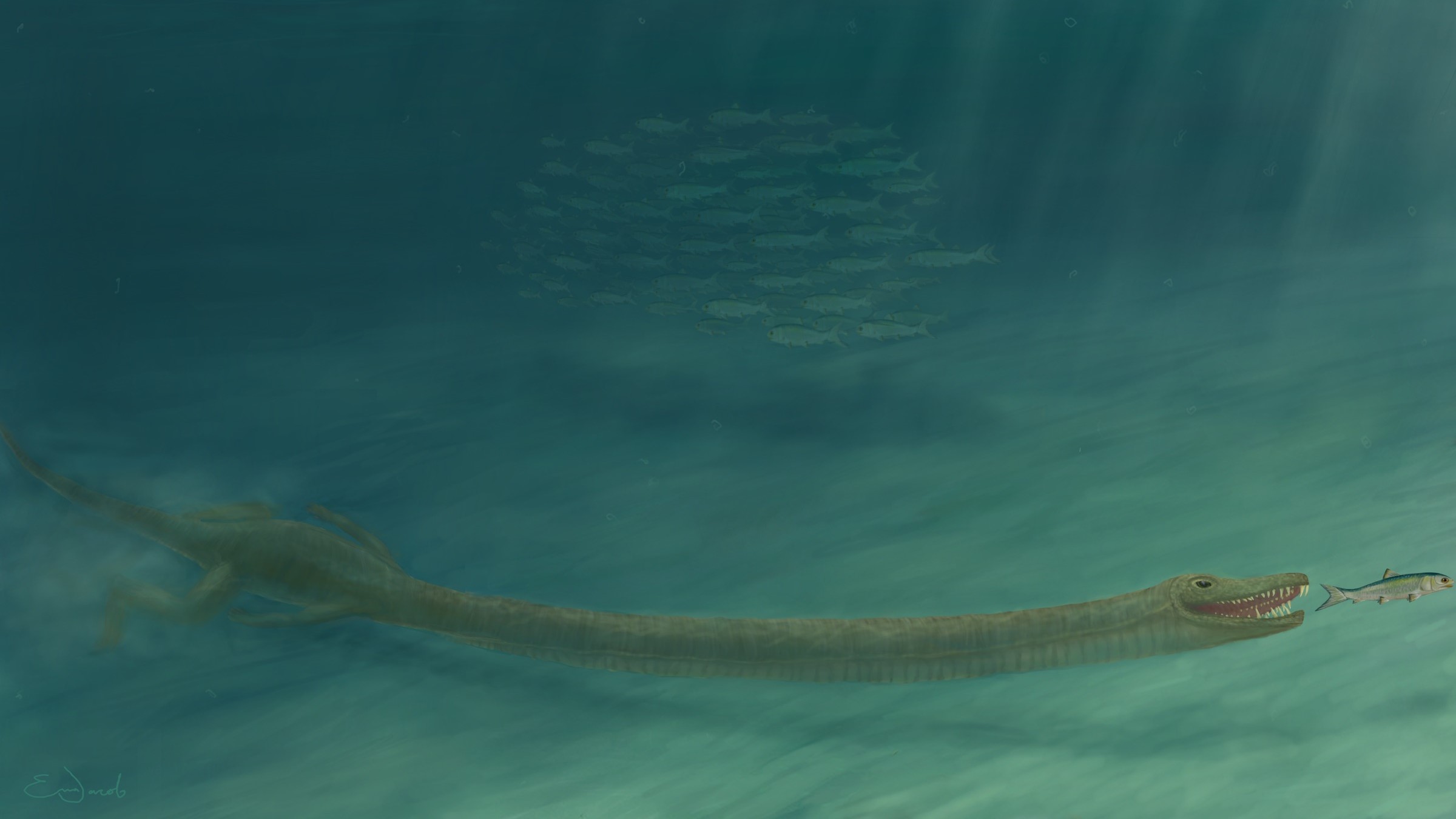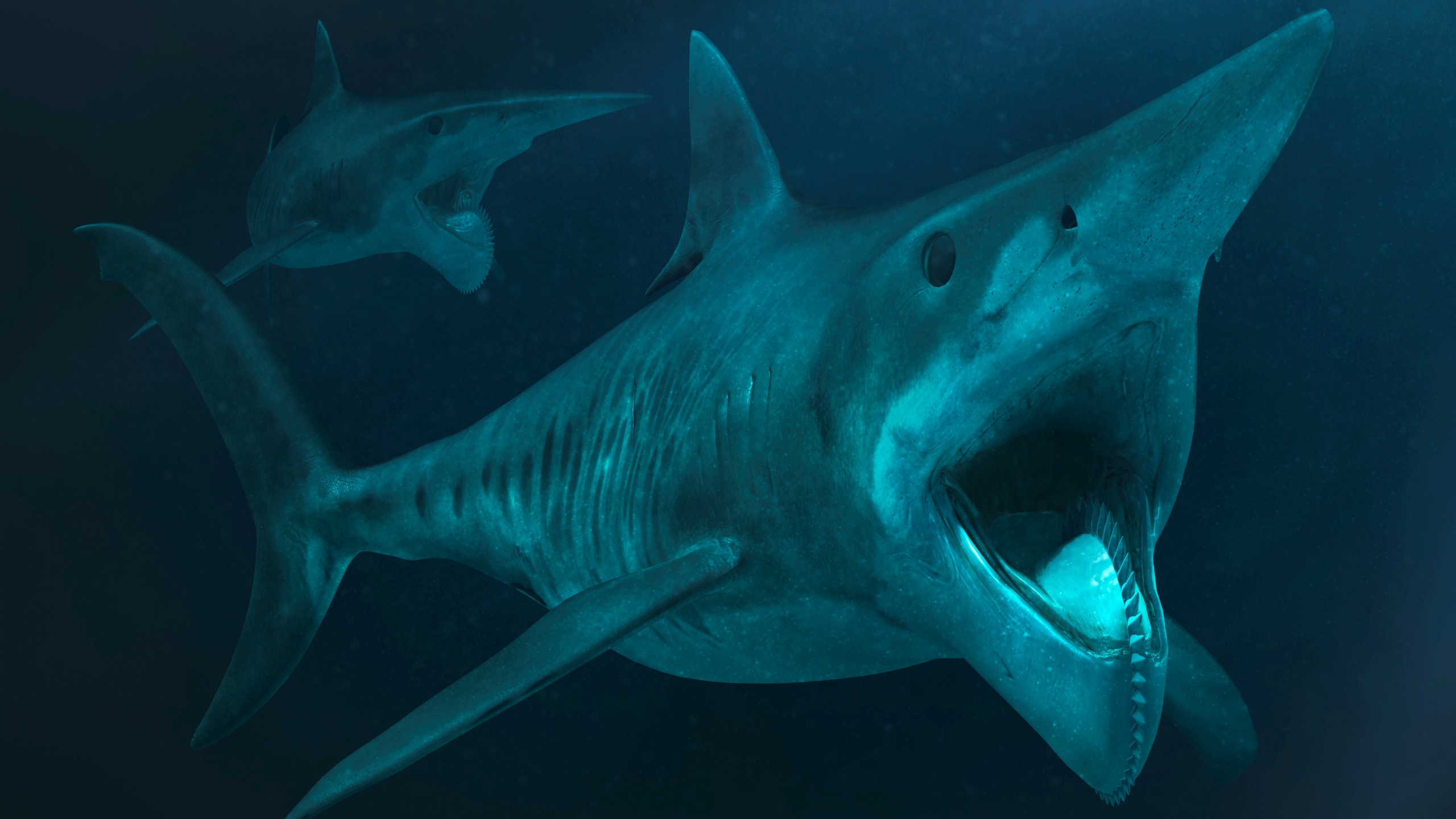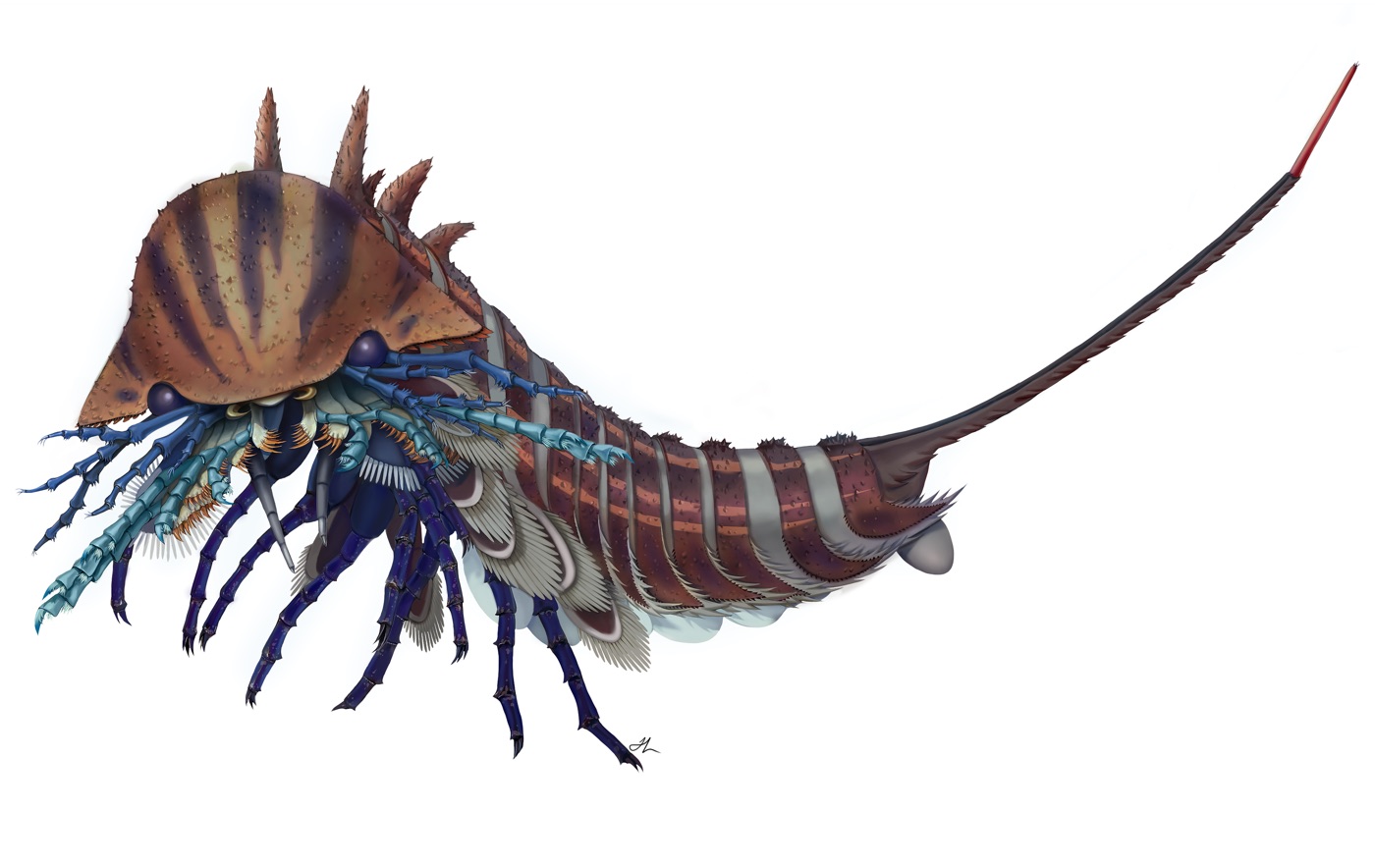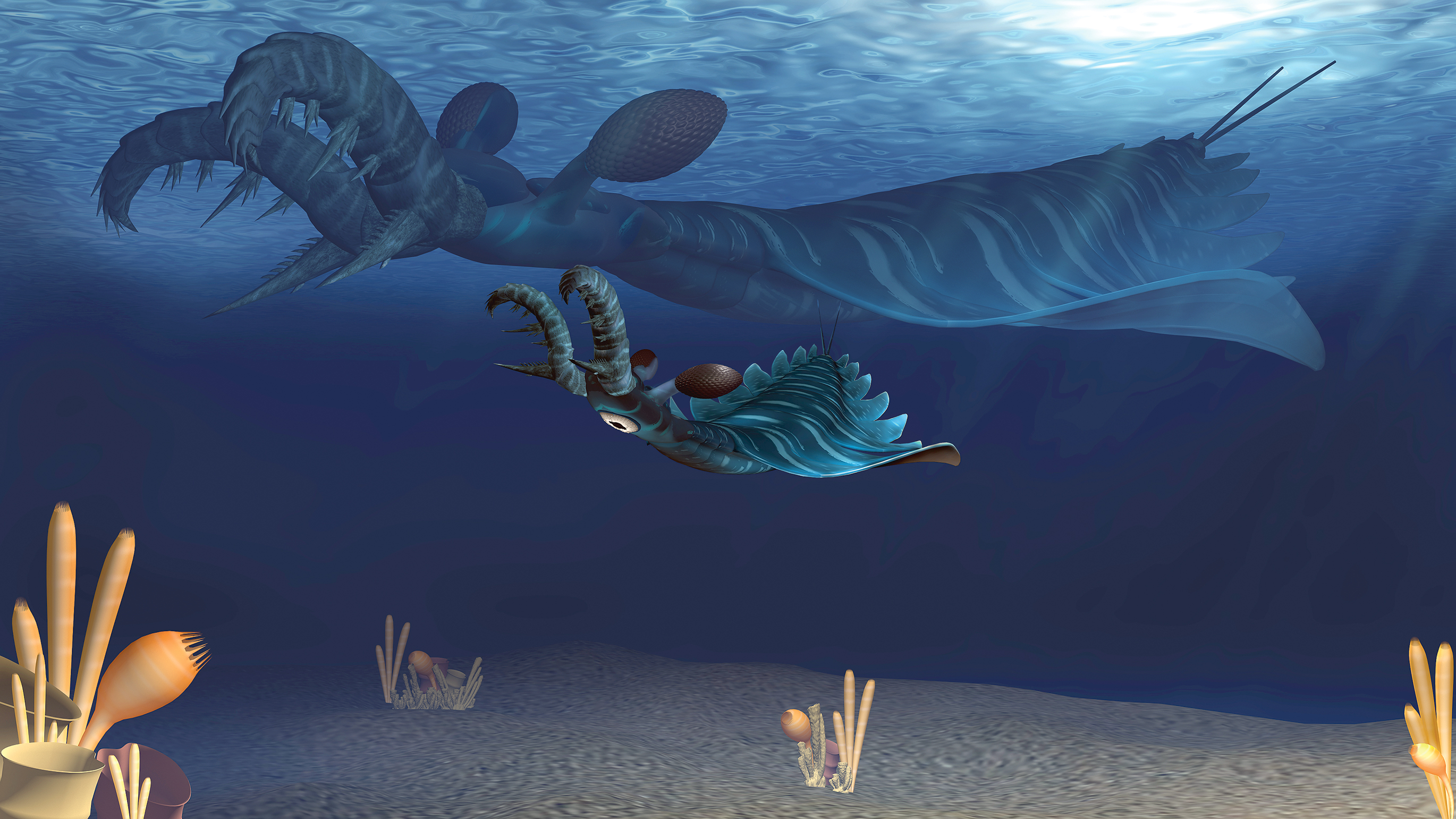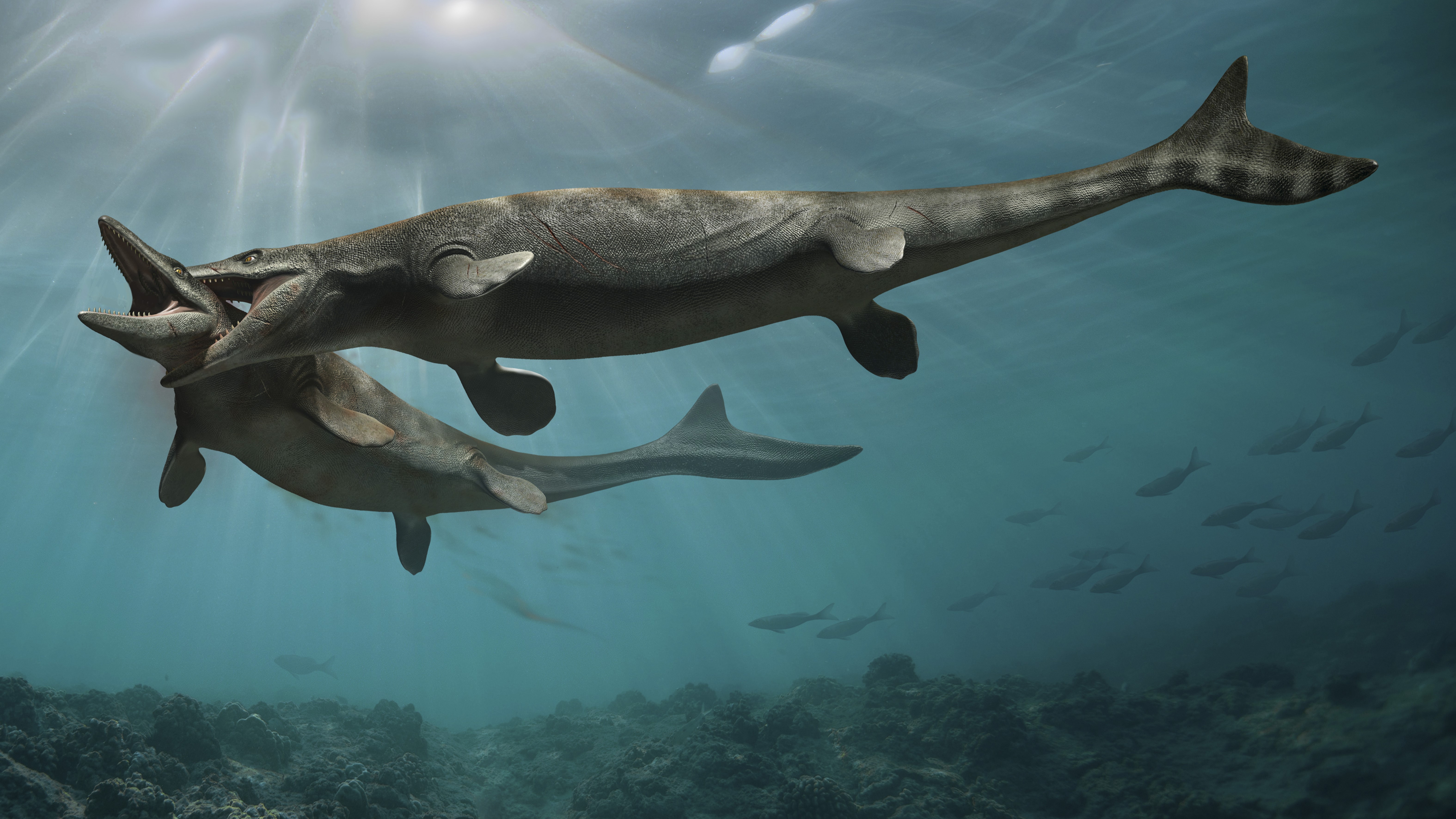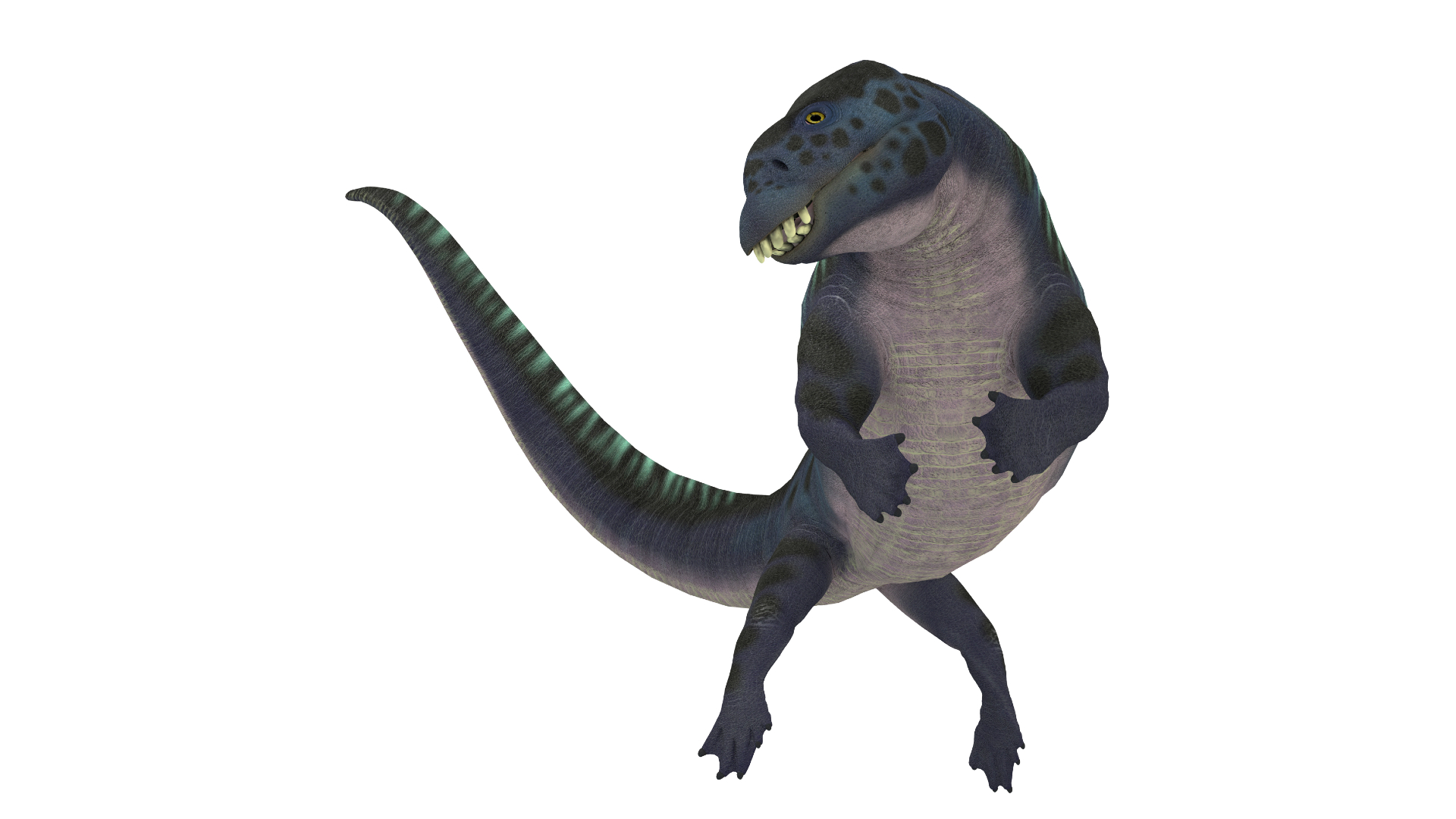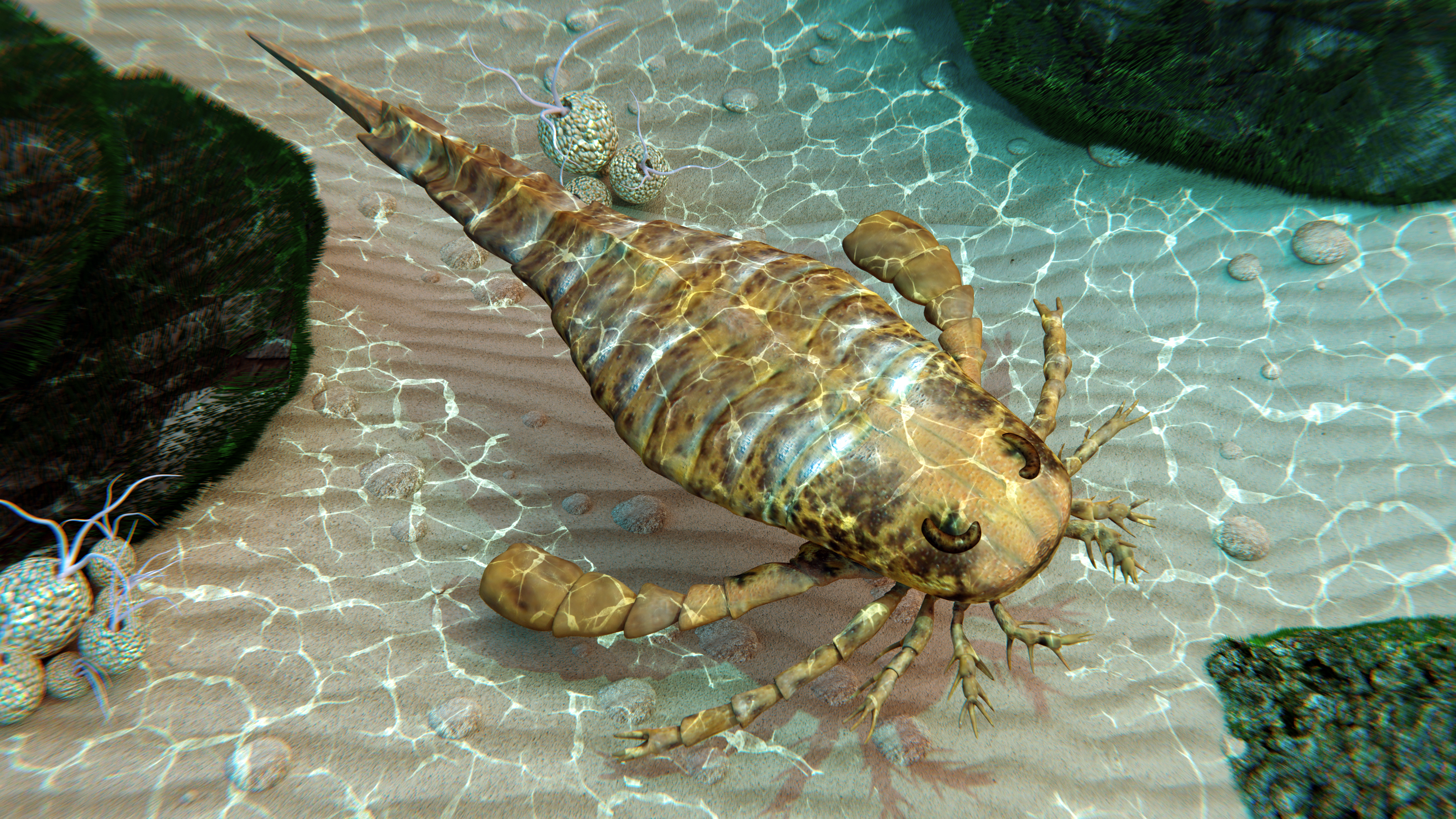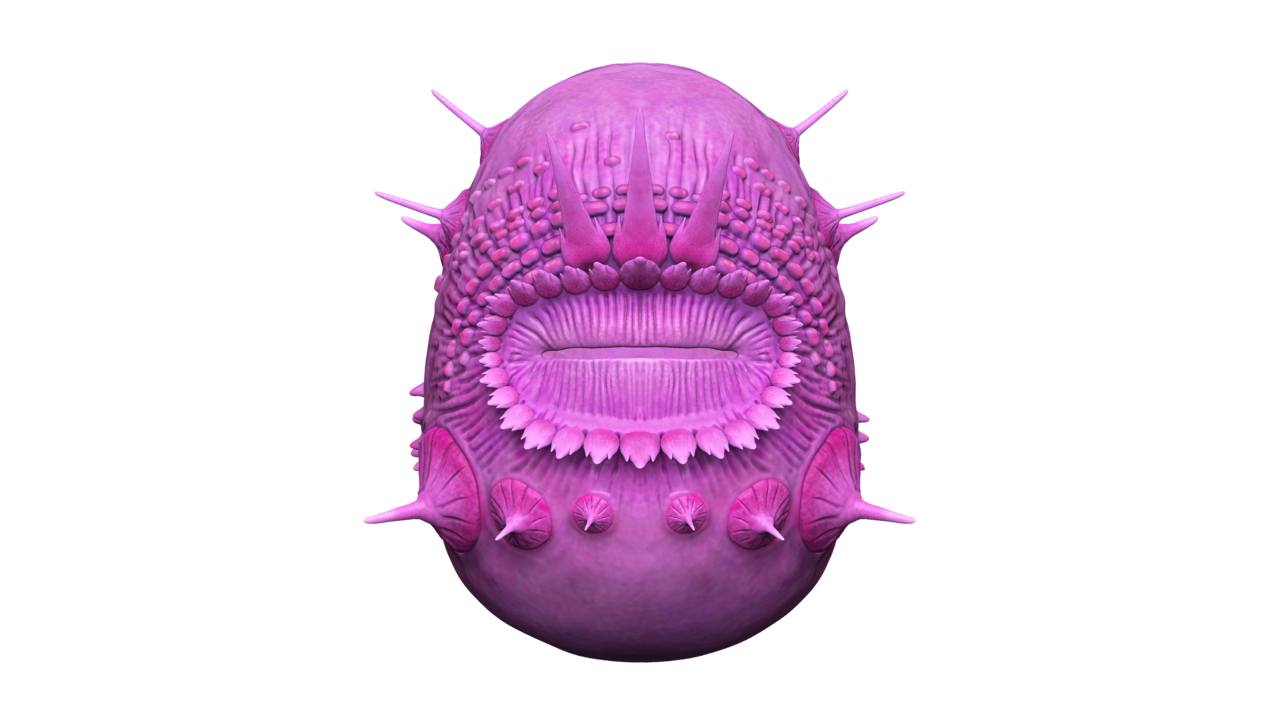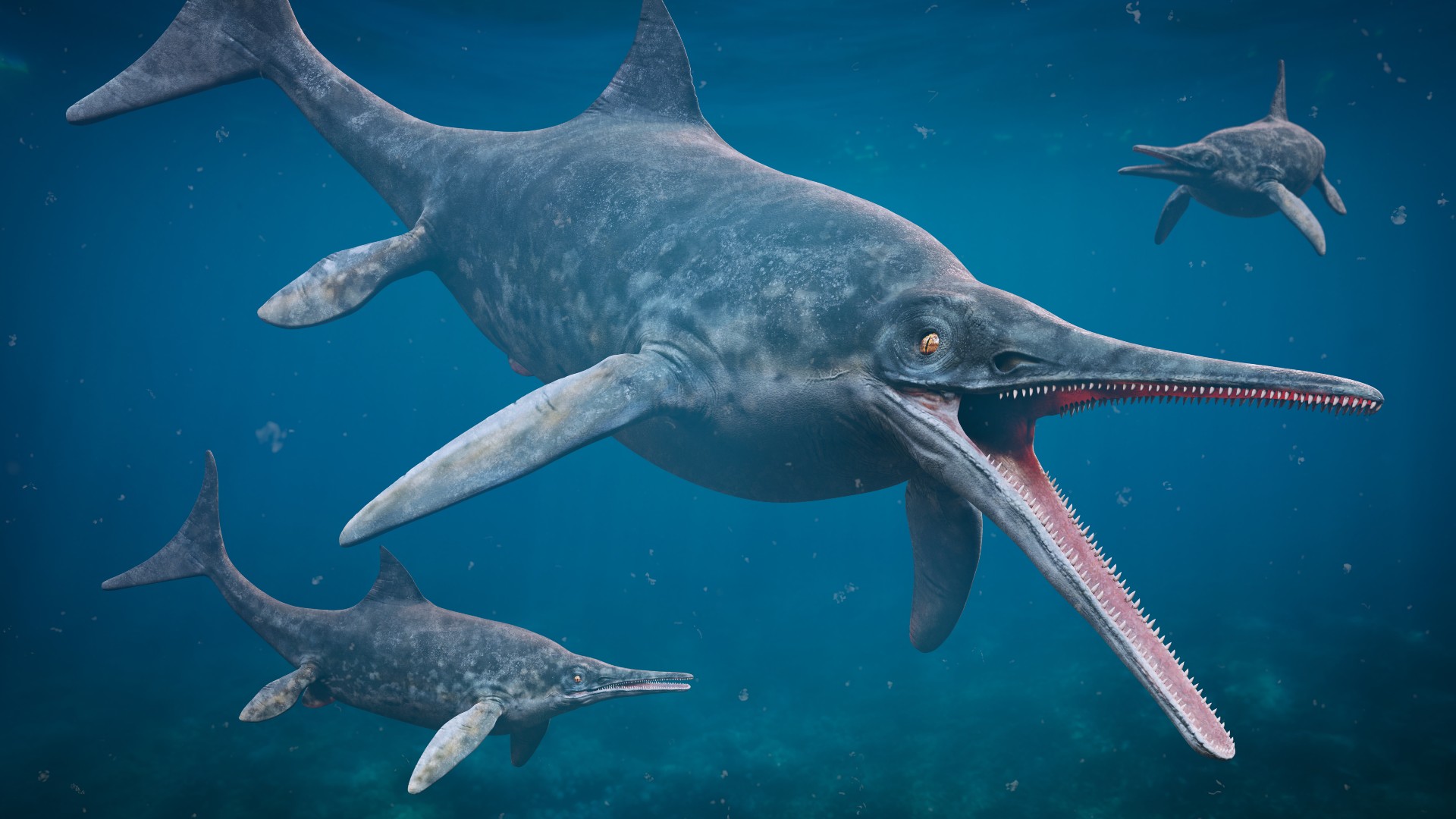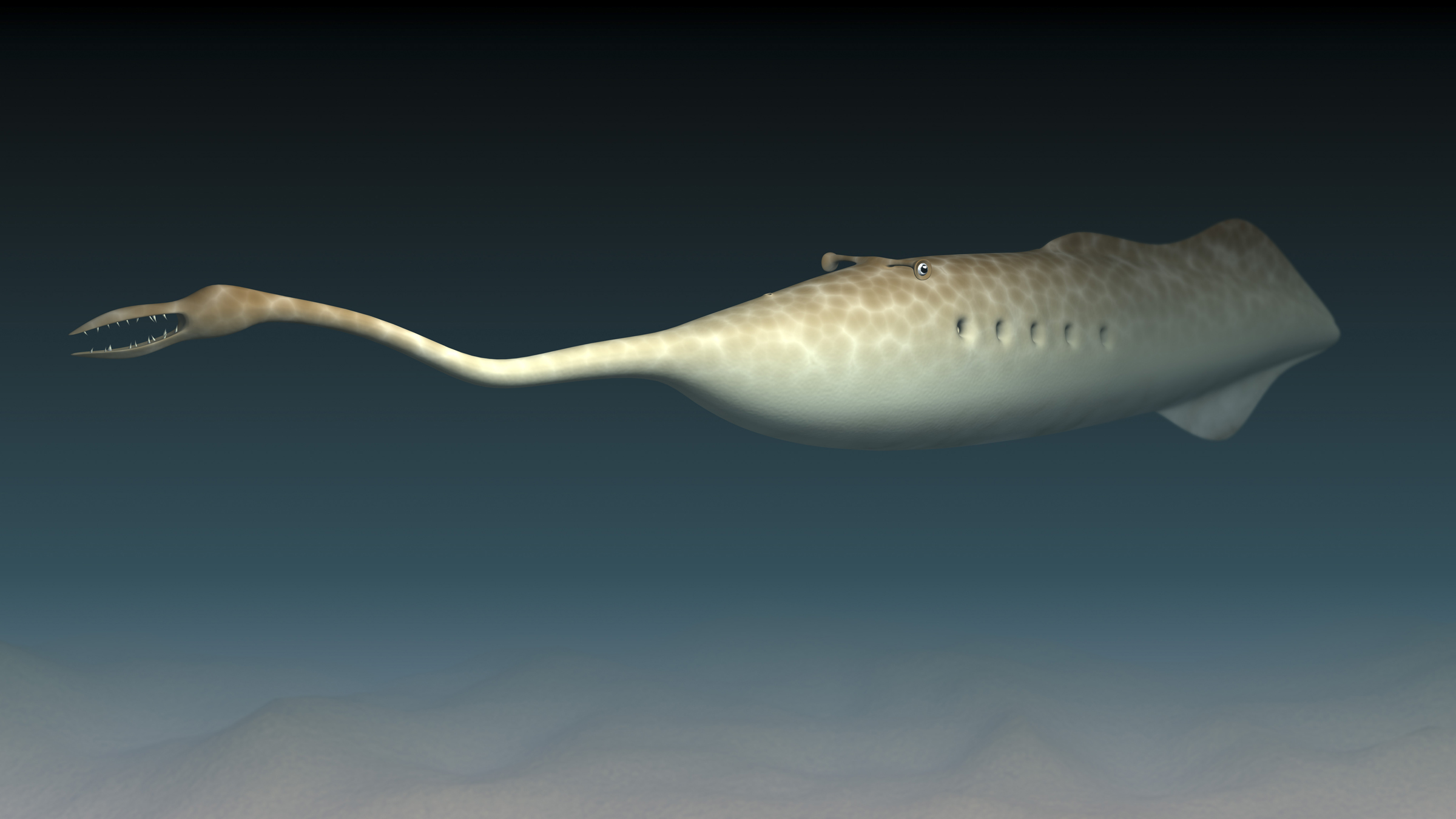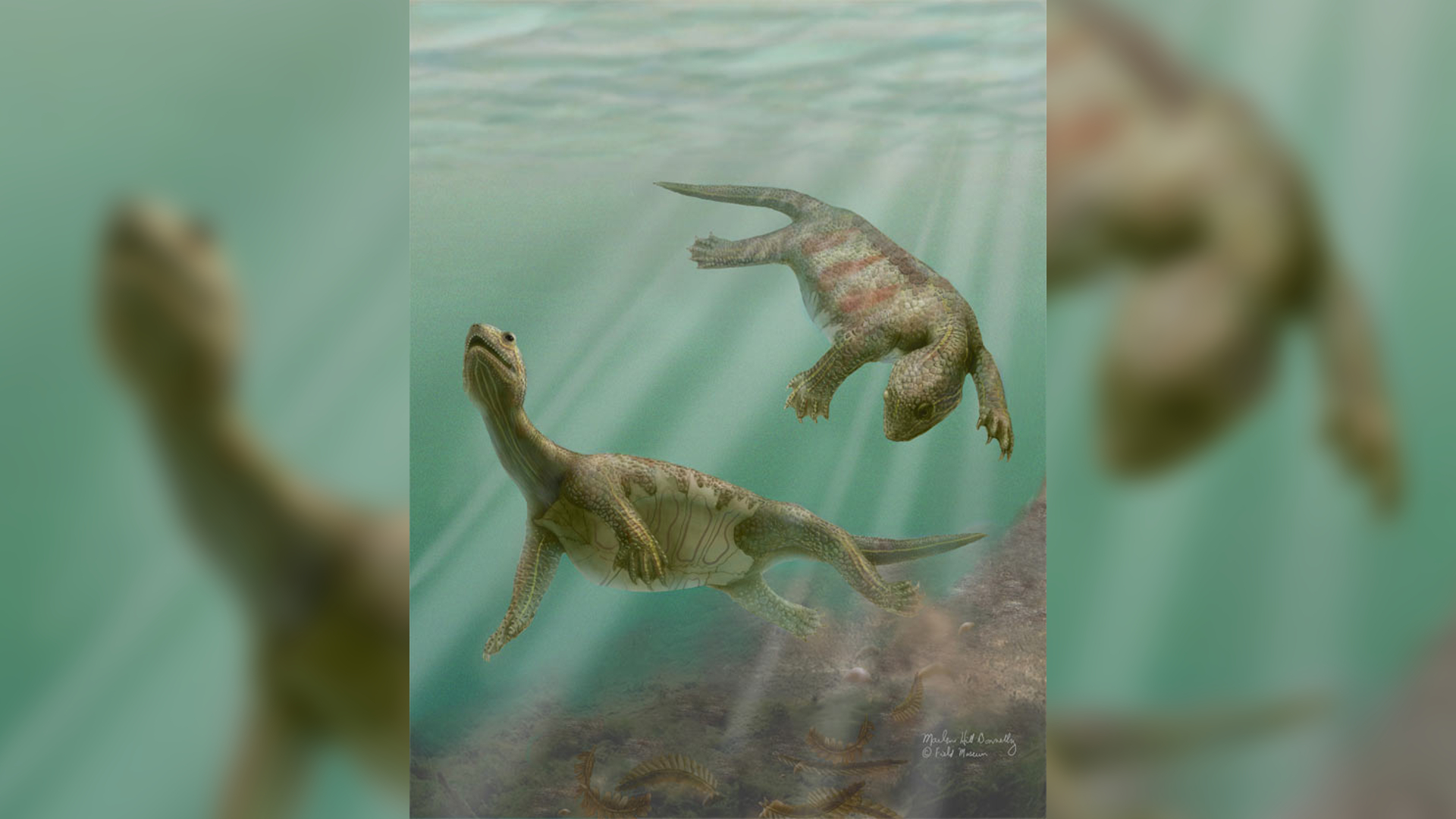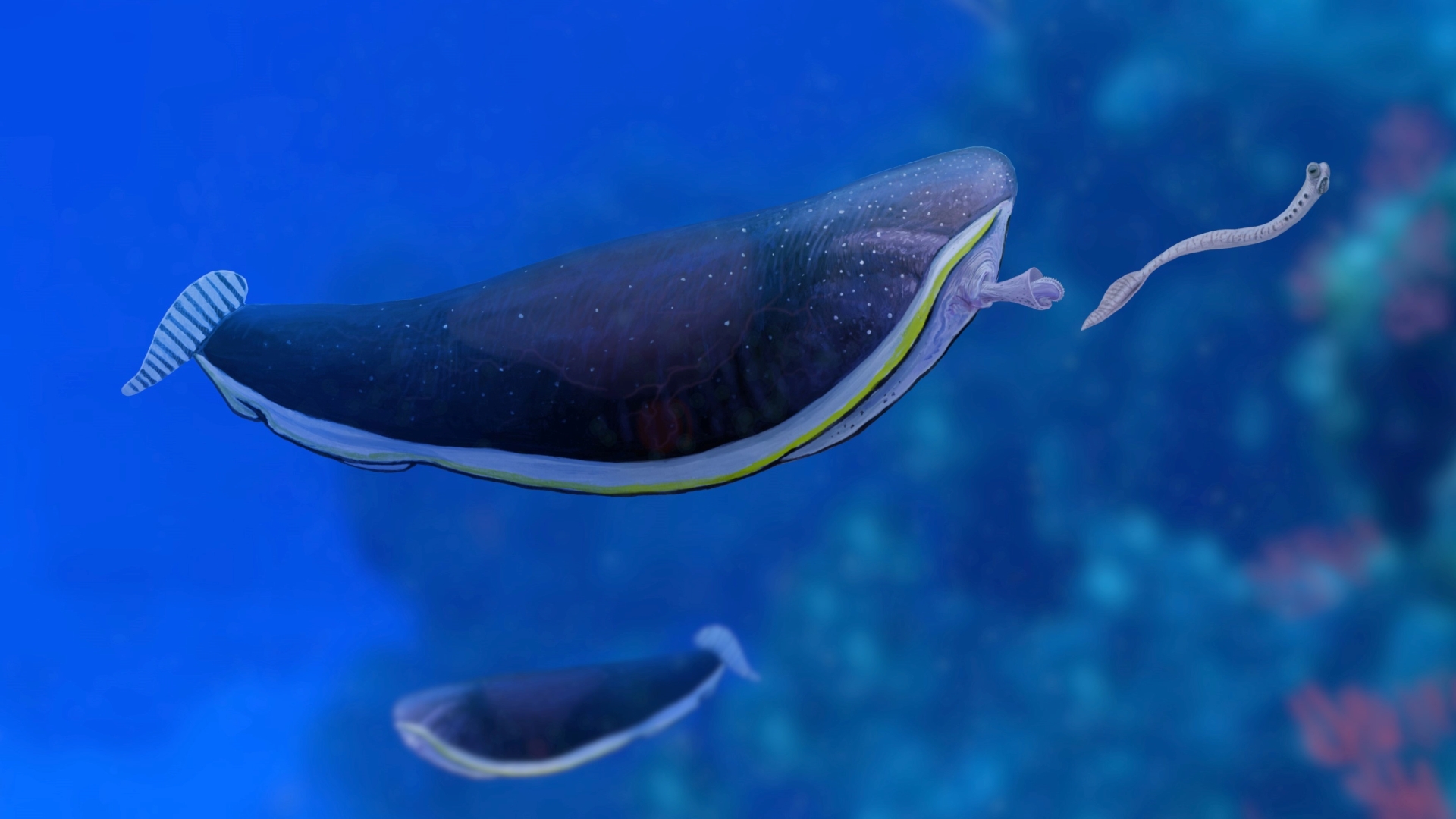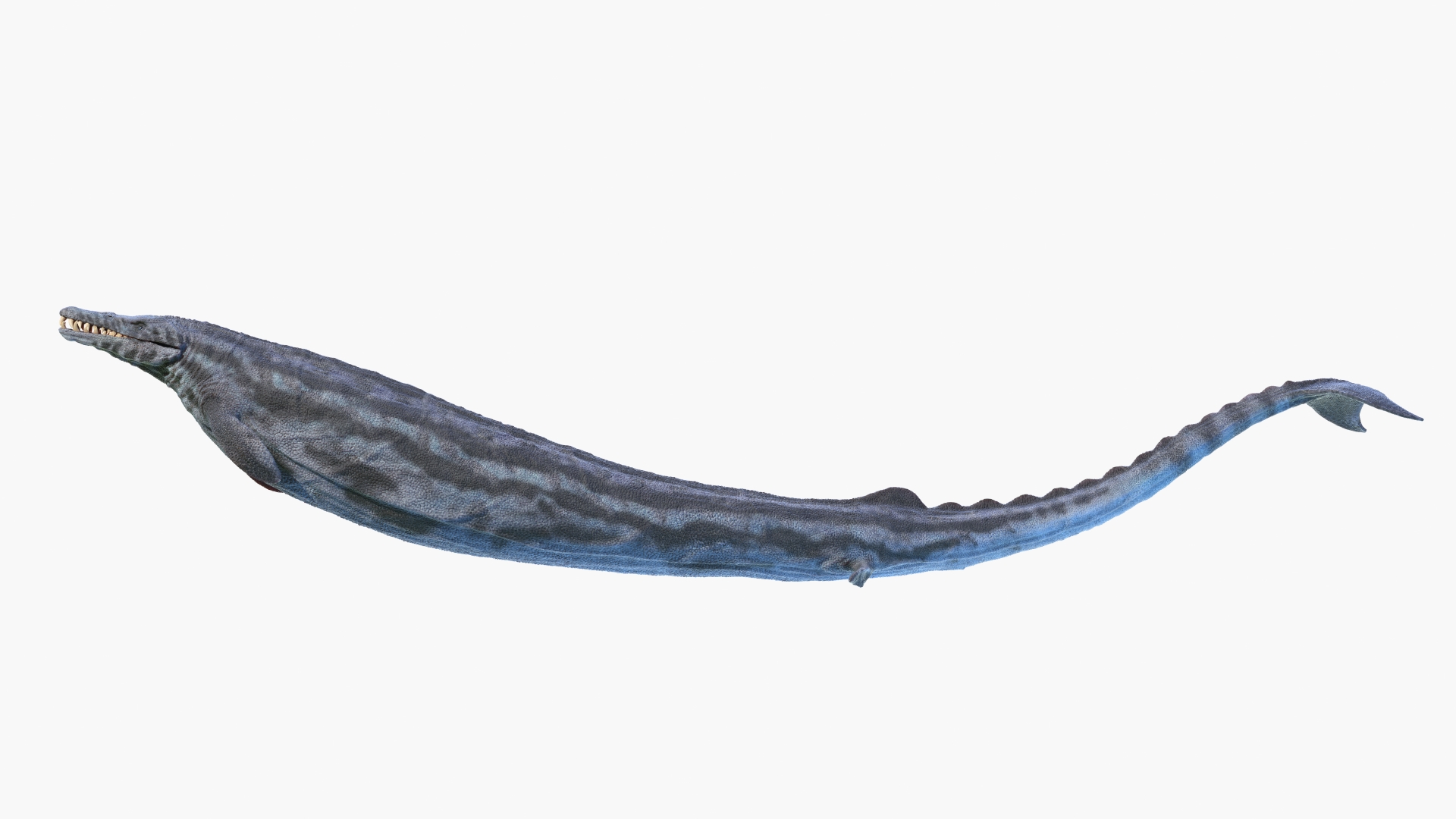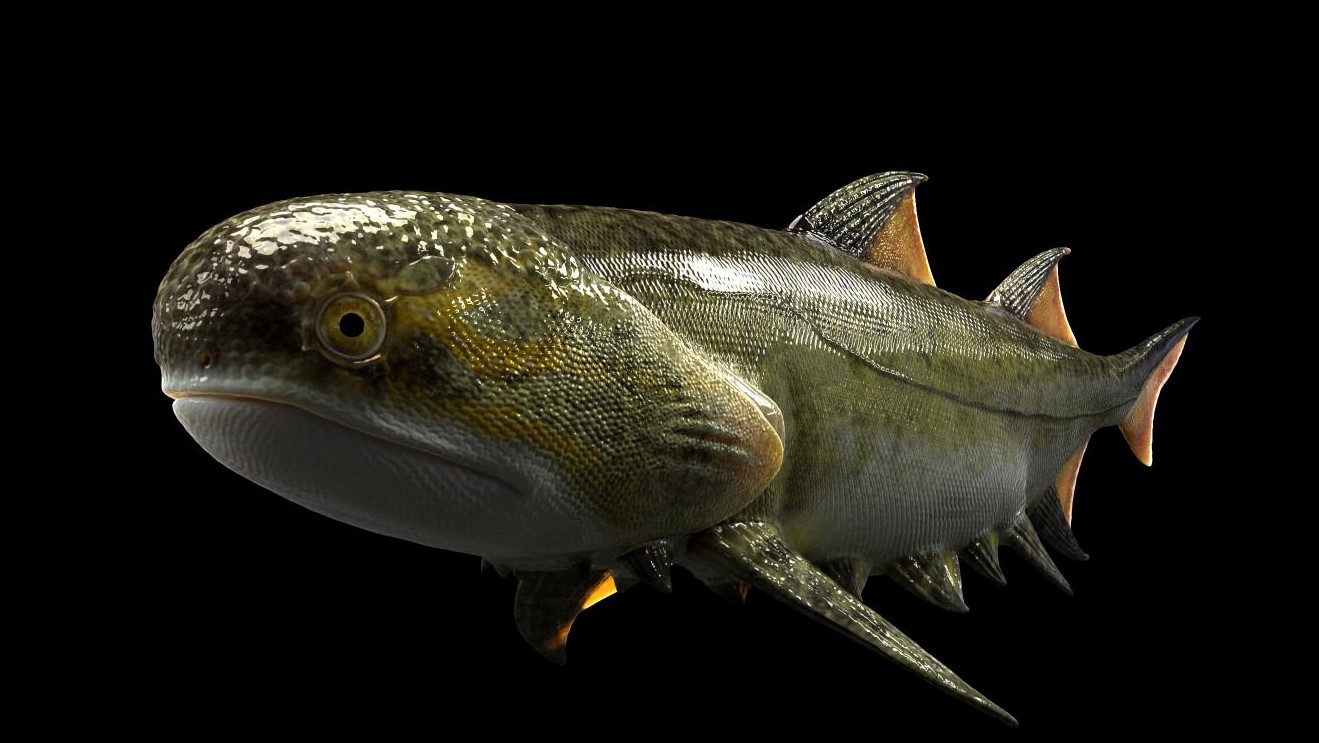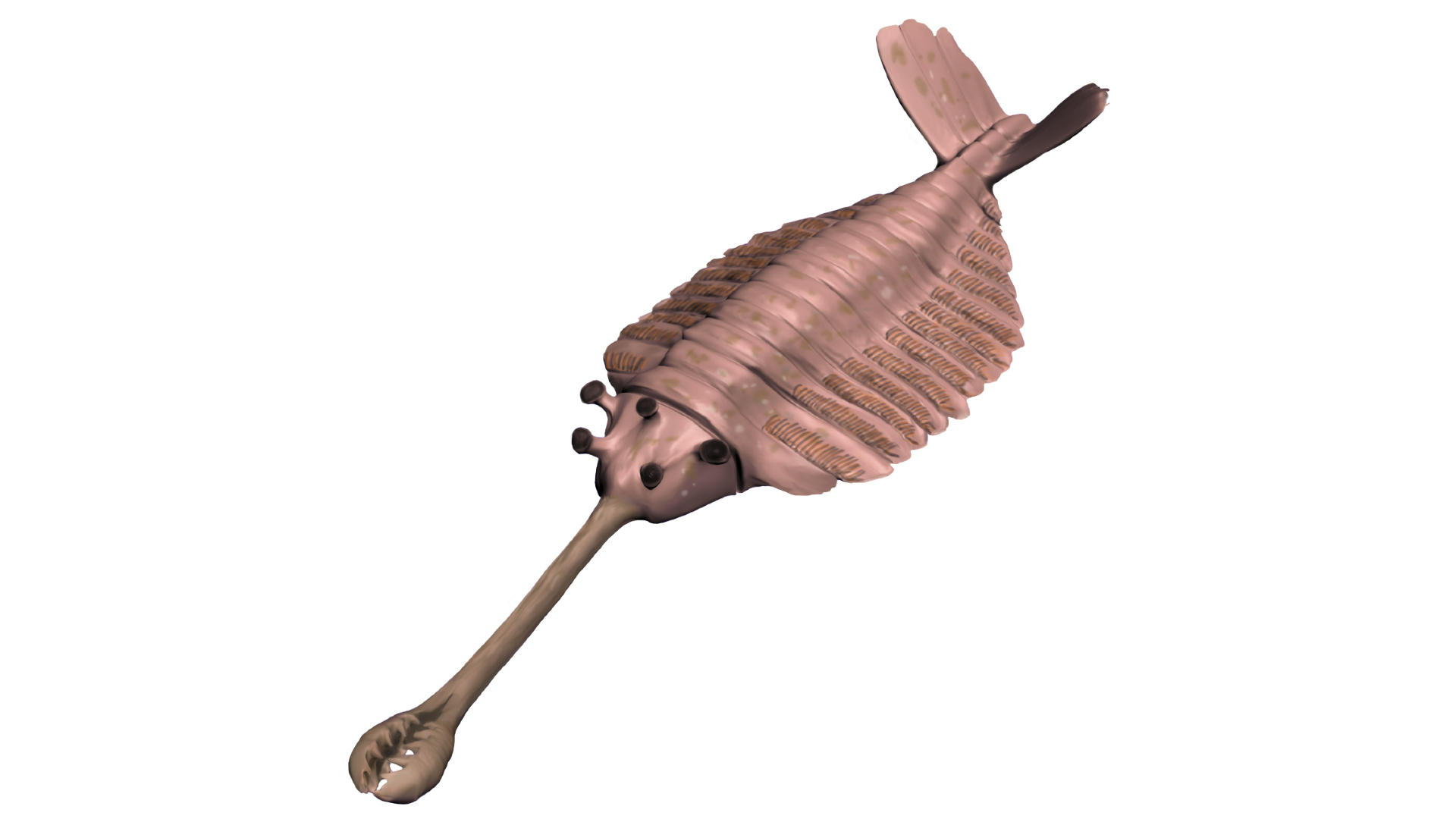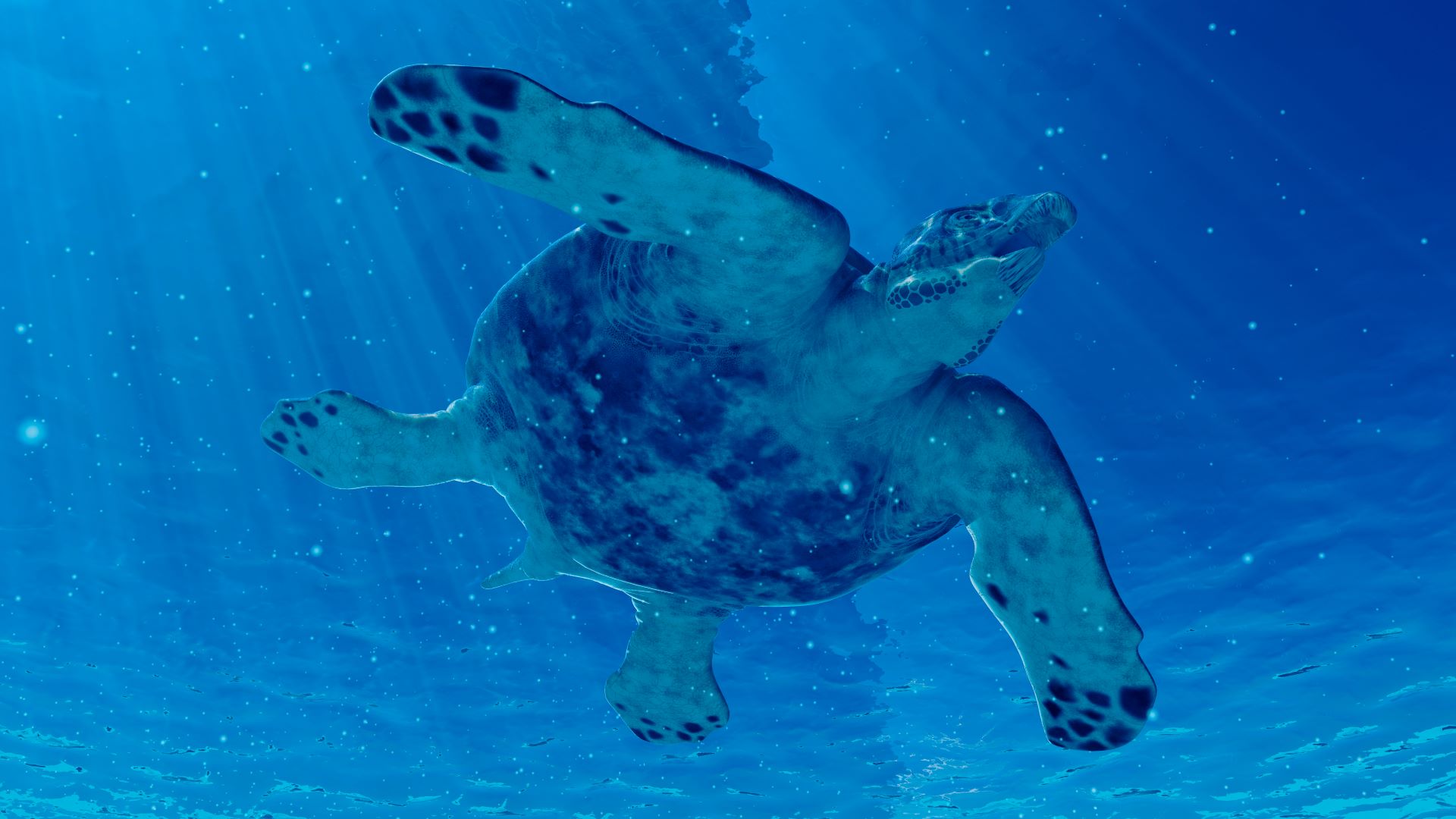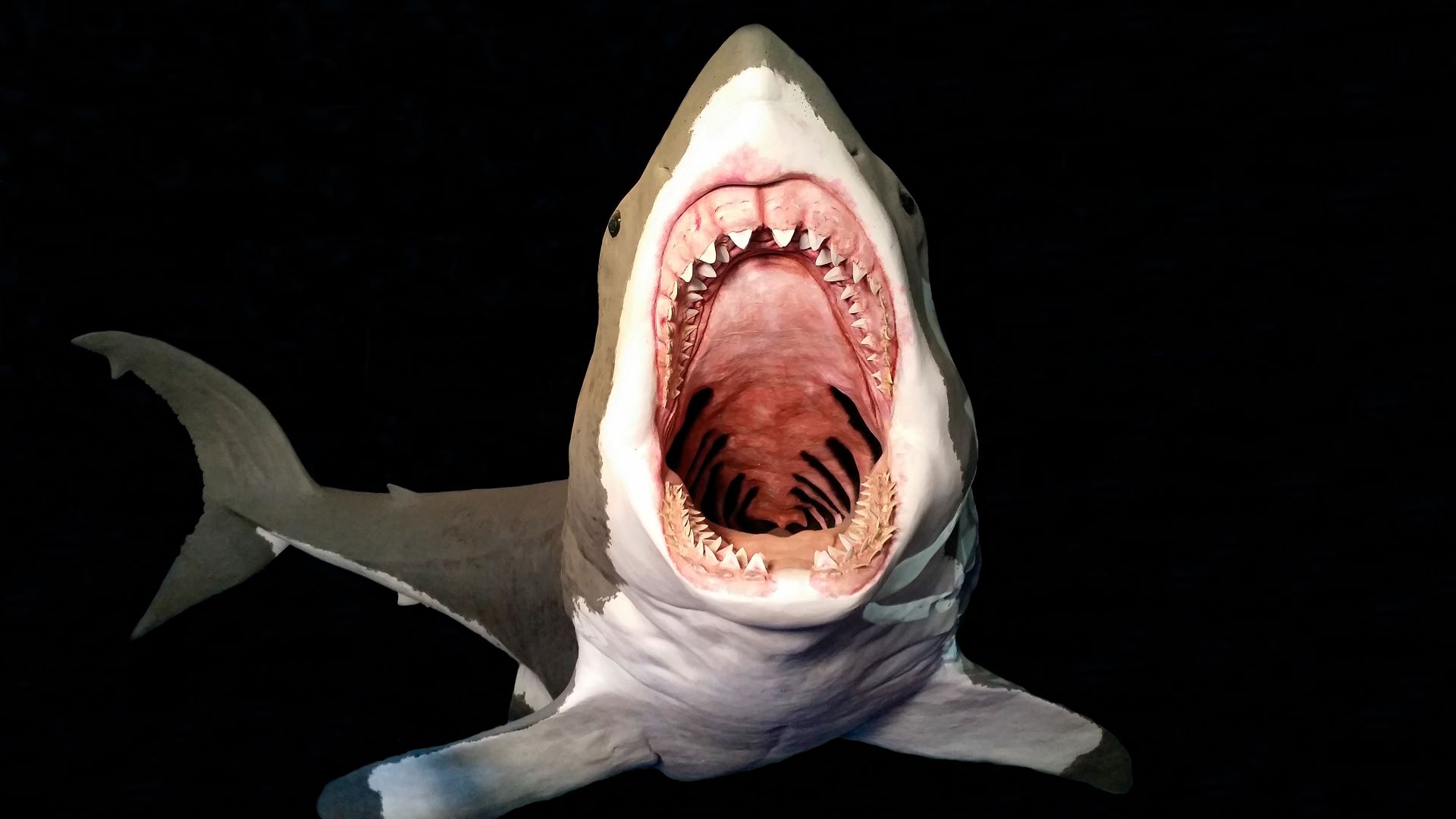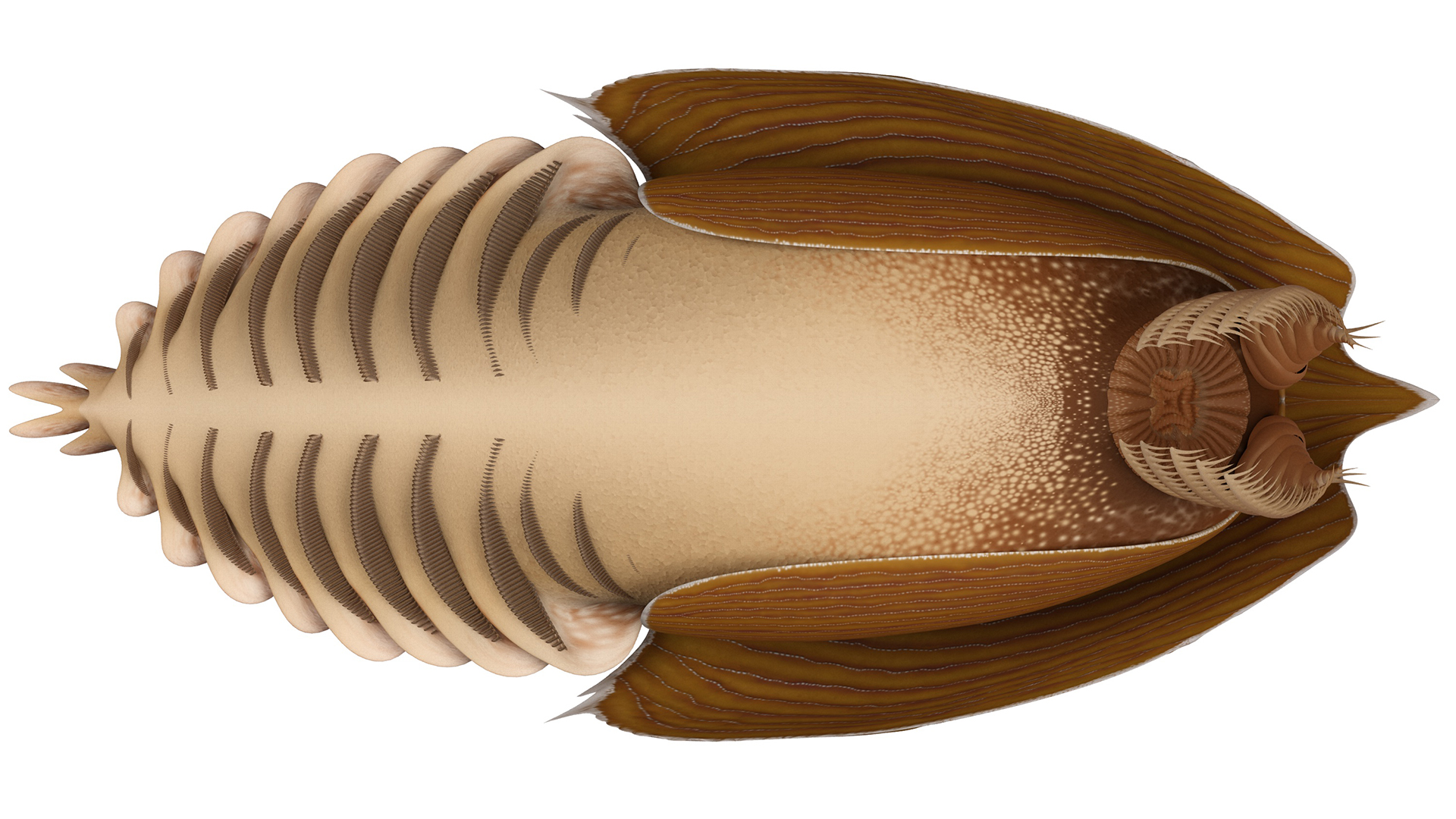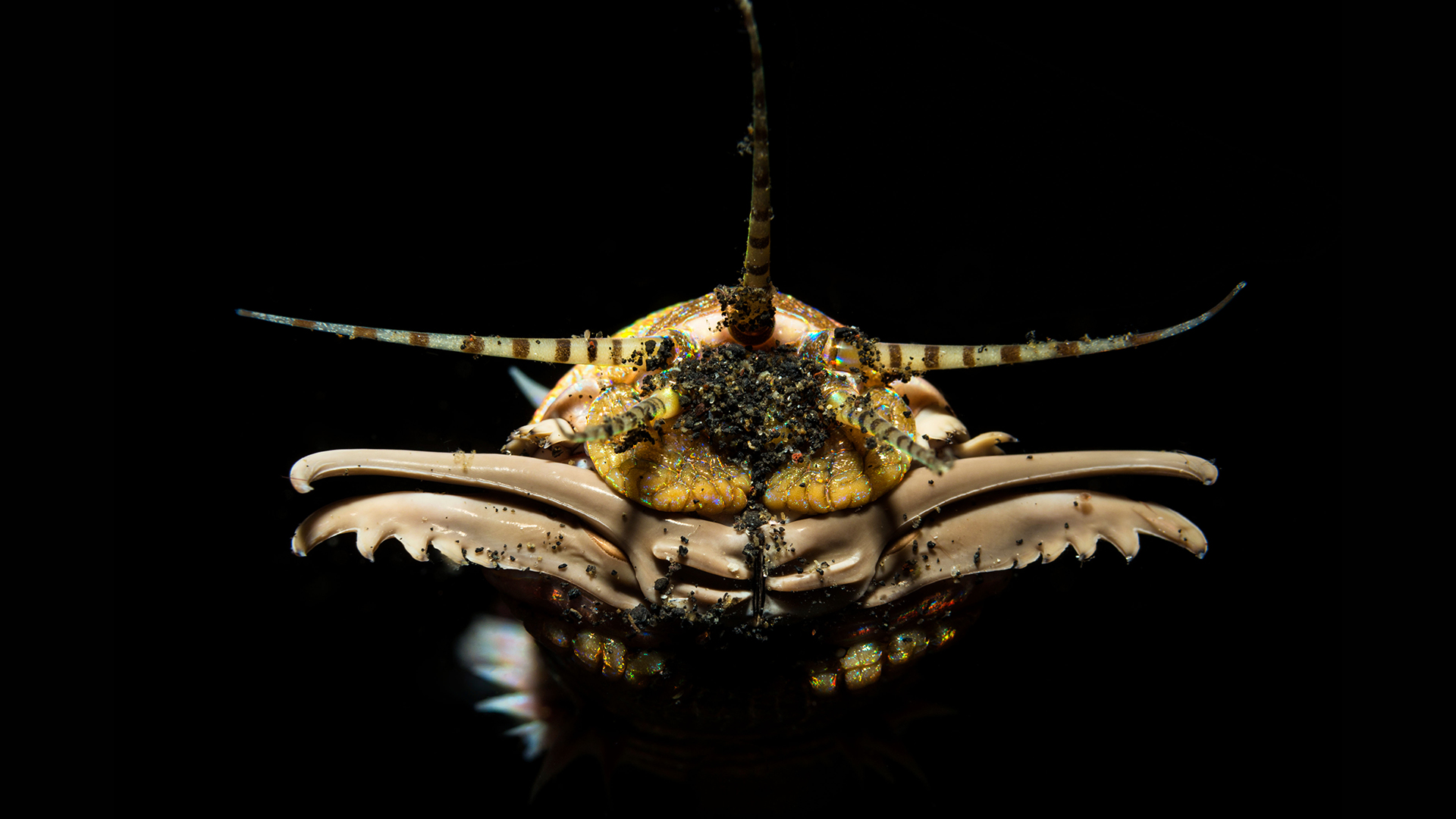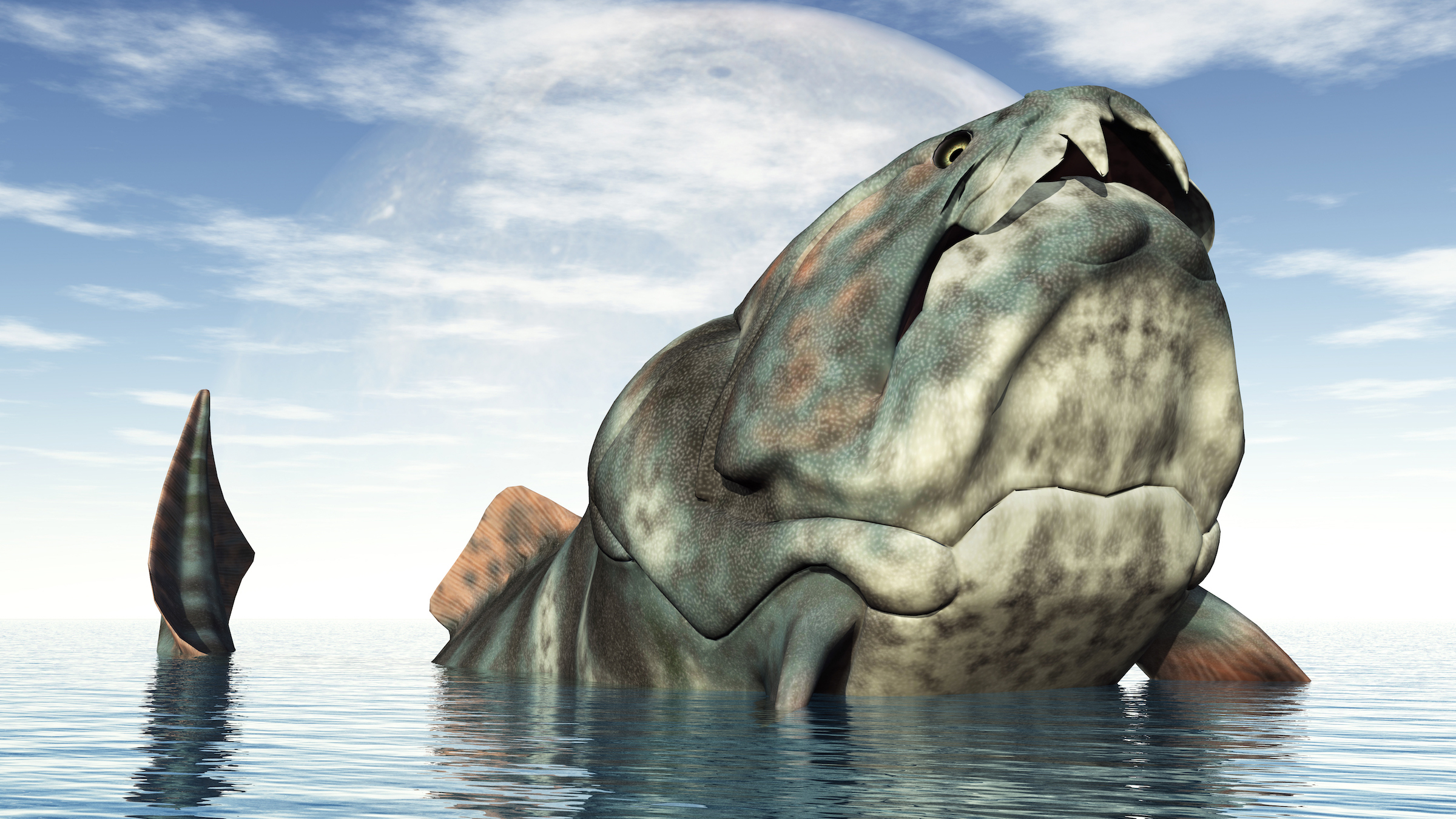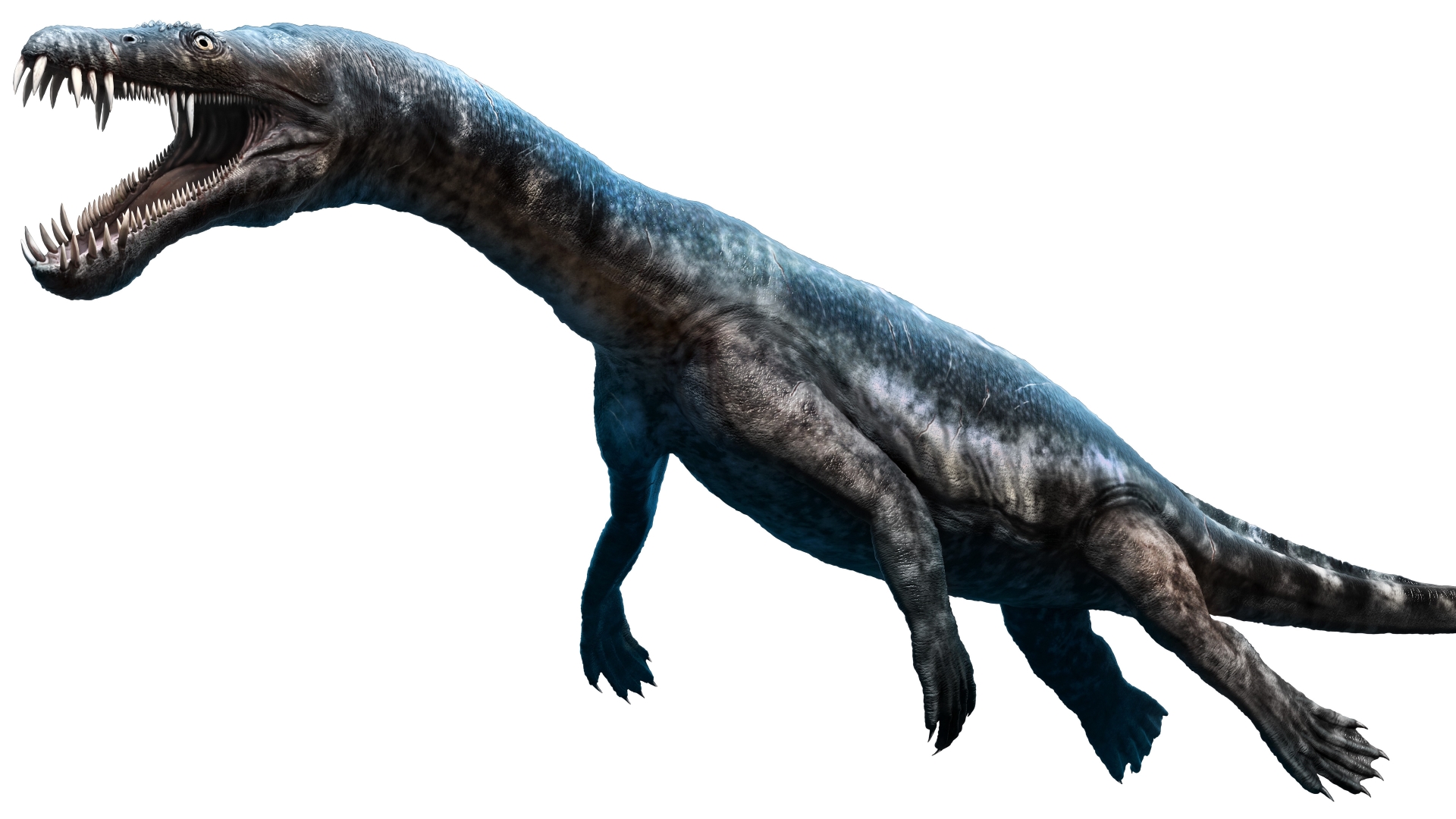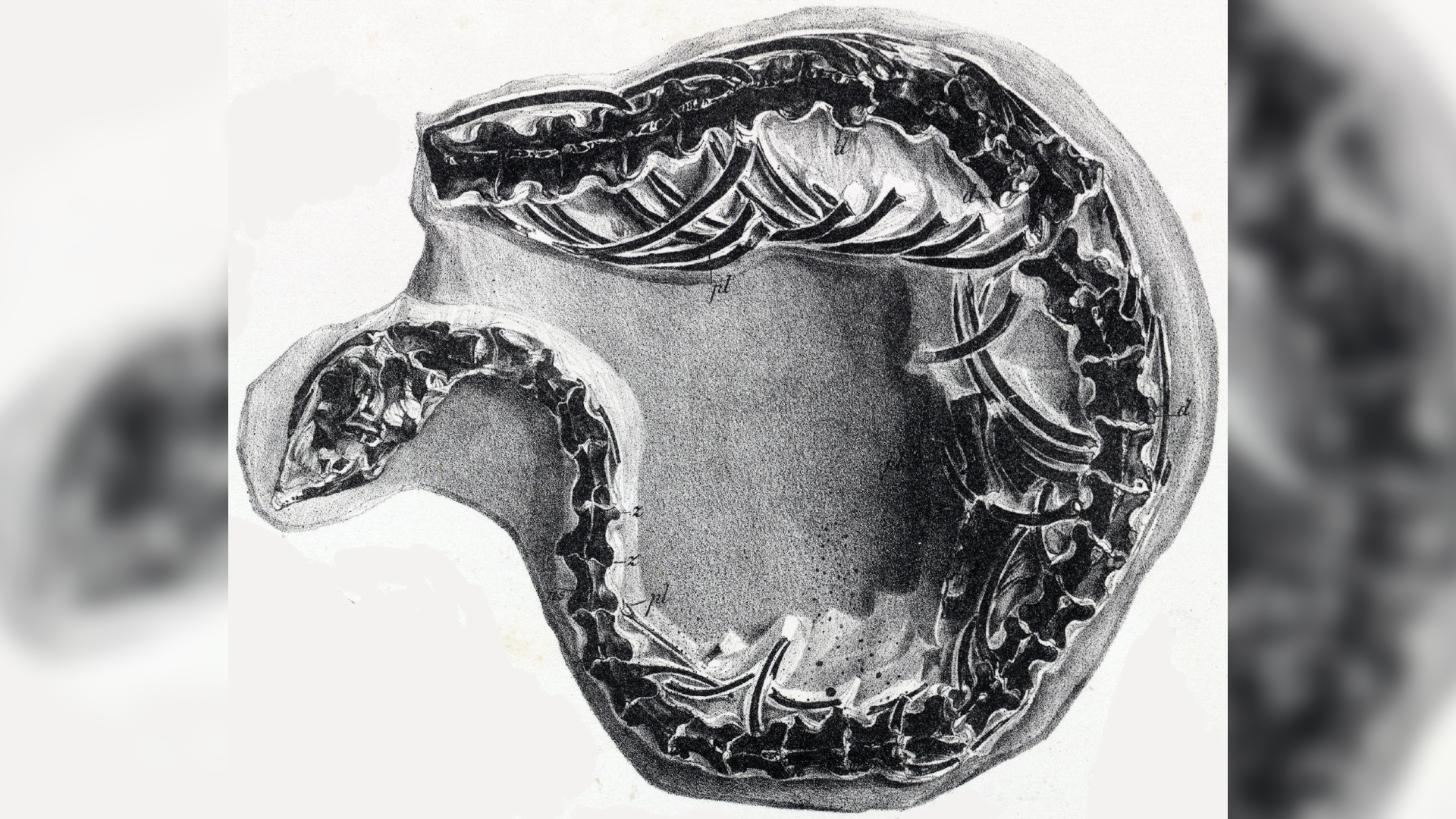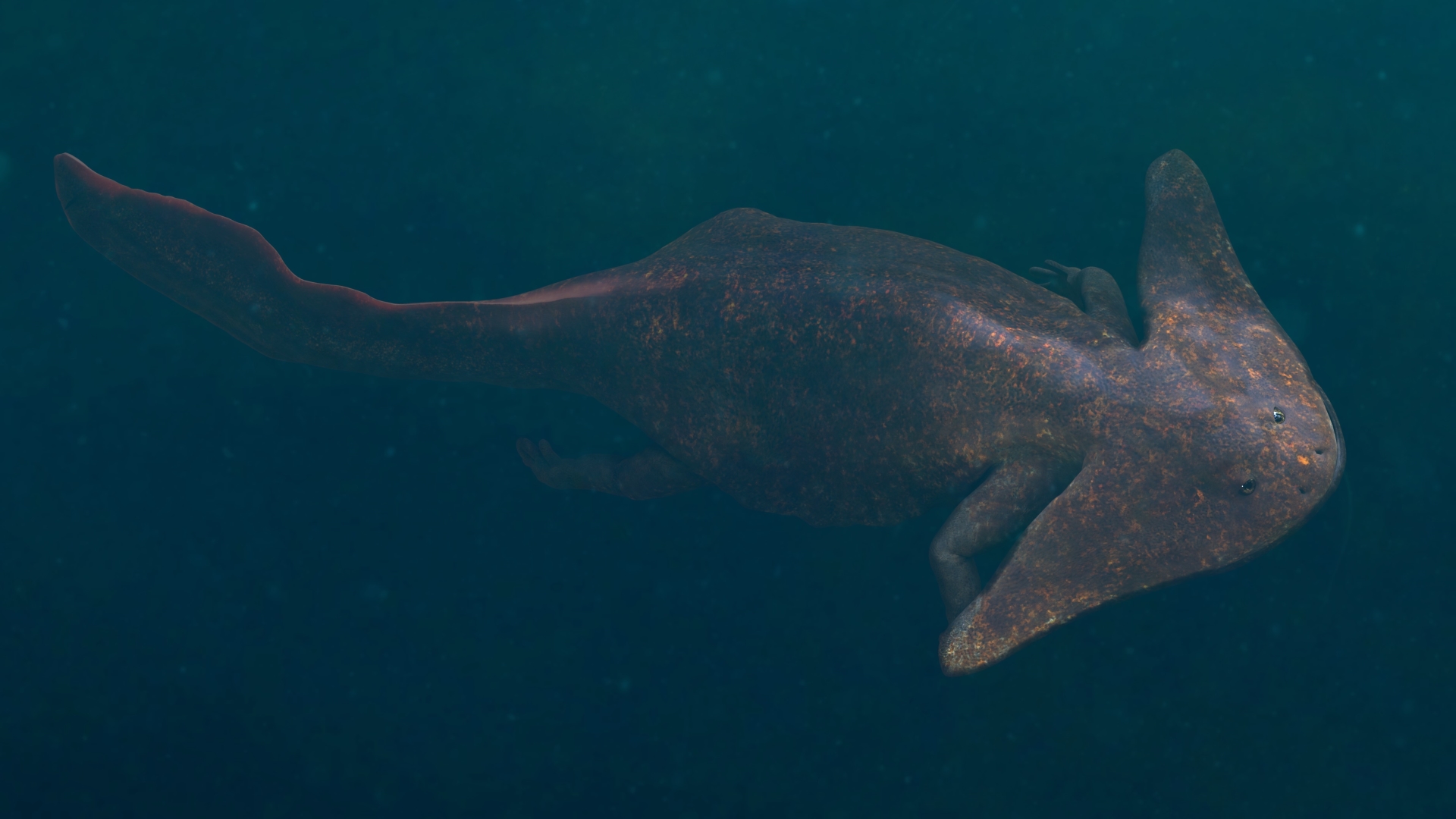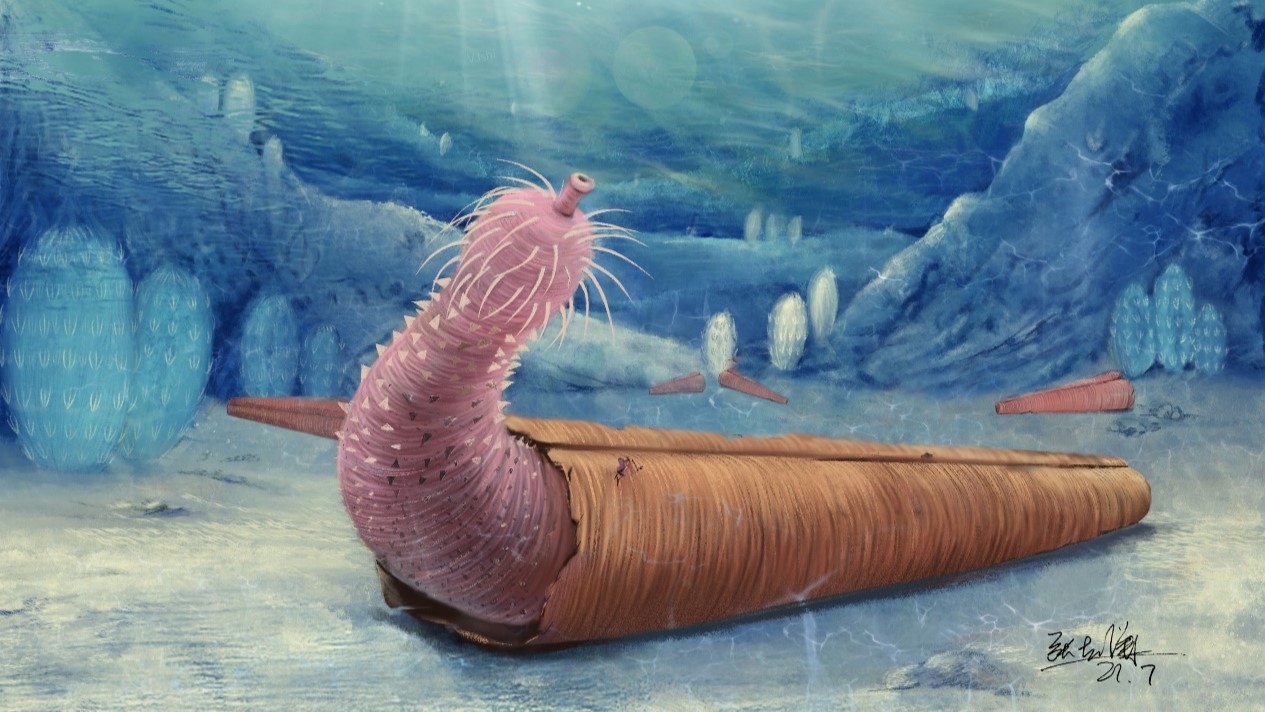25 of the strangest ancient sea monsters
The fossil record is filled with strange marine animals that would look like sea monsters if they were alive today.
From the creepiest Cambrian critters to massive marine reptiles, wonderfully weird sea creatures have inhabited our oceans for over half a billion years. We've put together a list of 25 of the strangest ancient sea monsters ever to have lived, all of which went extinct long before humans came along.
The only reason we know that these evolutionary marvels existed is because some left behind fossilized remains in rocks. Modern researchers are still interpreting these fossils and making fresh discoveries all the time, so be sure to keep up with the latest Live Science fossil news.
Plesiosaurs
Plesiosaurs were a group of marine reptiles with boat-like bodies and four flippers. There were long-necked plesiosaurs (think ancient Loch Ness monster) and short-necked plesiosaurs (imagine a Loch Ness monster with a short neck and a massive head). Plesiosaurs lived from the Triassic period (251.9 million to 201.4 million years ago) until they went extinct alongside the non-avian dinosaurs at the end of the Cretaceous period (145 million to 66 million years ago). They lived across the world's oceans.
"Not only were these animals odd compared to things that we have alive today, but they were also globally distributed and very, very diverse," Michael Caldwell, a vertebrate paleontologist at the University of Alberta in Canada, told Live Science.
Related: Newfound 'snaky croc-face' sea monster unearthed in Wyoming
Tanystropheus hydroides
Michael Caldwell is a professor in the departments of Biological Sciences and Earth & Atmospheric Sciences at the University of Alberta. His research career has broadly focussed on marine reptile evolution, and includes studies on mosasaurs, dolichosaurs, ichthyosaurs, plesiosaurs and extinct snakes.
Tanystropheus hydroides lived in the Tethys Sea off the ancient supercontinent Pangaea, when all of the continents were joined together, during the Triassic period around 242 million years ago. Researchers identified these ancient marine reptiles from bizarre fossils located on what is now the border between Switzerland and Italy. They had weird, broomstick-like necks that stretched to 10 feet (3 meters) in length — three times the length of their torsos.
"Like [long-necked] plesiosaurs, tanystropheids have small heads on the front and these tiny, weird little bodies way behind this gigantic neck," Caldwell said. "They are ungainly and awkward."
Get the world’s most fascinating discoveries delivered straight to your inbox.
Helicoprion
Helicoprion, or the "buzz saw sharks," was a group of shark-like fish with a spiral jaw that made their teeth resemble the edge of a buzz saw. They inhabited Earth's oceans from the Devonian period (419.2 million to 358.9 million years ago) to the Triassic period, according to the Australian Museum. Fossil records indicate that these fish grew up to around 25 feet (7.7 m) long, making them 5 feet (1.5 m) longer than the largest known modern great white sharks (Carcharodon carcharias).
Habelia optata
Habelia optata was more of a mini monster, with a body length of up to 1.6 inches (4.1 centimeters). These tiny sea predators had helmet-like heads and creepy mouth appendages for catching and ripping apart their prey. H. optata fossils can be found in British Columbia, Canada, and date back around 505 million years to the Cambrian period (538.8 million to 485.4 million years ago), according to the Royal Ontario Museum.
Lyrarapax unguispinus
The Cambrian period also saw the reign of a claw-faced sea monster that was totally unlike anything swimming in our oceans today. Lyrarapax unguispinus was one of many bizarre arthropods that lived during the Cambrian period, but even for its time, this species was strange. It grew up to 3.2 feet (1 m) long and had a claw-shaped appendage on the front of its head to grasp prey. This killer arthropod was one of the world's first apex predators.
Mosasaurs
Mosasaurs may not be the strangest animals on this list, but they are certainly worthy of the name "sea monster." Before they fell to the same fate as the nonavian dinosaurs, this group of marine reptiles roamed the world's oceans, chowing down on almost anything that moved, including other mosasaurs. A 2014 study in the journal Proceedings of the Zoological Institute RAS estimated that the mosasaur Mosasaurus hoffmanni grew to be around 56 feet (17 m) long.
Related: This ancient sea monster could do the breaststroke
Placodonts
Placodonts were an order of turtle-like Triassic marine reptiles that lived in what is now Europe, the Middle East and China. Caldwell told Live Science that placodonts "had incredibly bad buck teeth that they could have picked apples through a picket fence with." They used their front teeth to pluck shells and mollusks off reefs or the ocean floor, and they had flat crushing plates at the backs of their mouths for munching.
Sea scorpions
Sea scorpions, or eurypterids, were a group of ocean-dwelling arthropods that resembled modern-day scorpions. What made them strange? Well, some were enormous compared with scorpions living today. For example, one eurypterid fossil found in New York is estimated to have come from a sea scorpion larger than a human. Members of this group could exceed 8 feet (2.5 m) in length, according to the Yale Peabody Museum of Natural History in Connecticut. Sea scorpions terrorized the seas for more than 200 million years, until they went extinct at the end of the Permian period (298.9 million to 251.9 million years ago).
Saccorhytus coronarius
Saccorhytus coronarius was essentially a wrinkly sac with no anus. These weirdos lived during the Cambrian period around 500 million years ago and are known from microfossils discovered in China. The Minion-like creatures may have spent their days catching prey in seafloor sediment, but researchers' understanding of the animals' lives is limited. They are believed to be related to penis worms and mud dragons.
Ichthyosaurs
Try to picture a reptilian version of a dolphin, and you won't be far off the appearance of an ichthyosaur. This diverse group of pointed-nose predators evolved to have dolphin- or fish-like bodies, but they looked far more menacing. Ichthyosaurs evolved around 250 million years ago and went extinct around 90 million years ago. While there were ichthyosaur species as small as 1 foot (0.3 m) long, the group was home to several giants in the late Triassic period. In 2018, researchers estimated that a fossilized jawbone from the U.K. belonged to an ichthyosaur that was more than 85 feet (26 m) long, which is nearly the size of a blue whale (Balaenoptera musculus).
Tully monsters
The Tully monster (Tullimonstrum gregarium) was a soft-bodied species with primitive eyes on stalks and a long, thin appendage that ended in a claw-like feature. These mysterious creatures were so strange that researchers today have had trouble agreeing on the animals' place on the tree of life. Whatever they were, these monsters hunted in marine coastal environments 300 million years ago and are found only in fossils from Illinois, according to the Illinois State Museum.
Related: The mysterious 'Tully monster' just got more mysterious
Odontochelys semitestacea
Odontochelys semitestacea swam in the Triassic coastal waters of what is now China 220 million years ago. The species was one of the first known turtles, but it looked very different from its modern relatives.
"These most ancient turtles have got the chest piece, or the plastron, but they don't have the carapace on the back," Caldwell said. "So, here we have early versions of turtles that are lacking the turtle shell, the carapace, and are still toothed."
Typhloesus wellsi
Typhloesus wellsi left behind such strange fossils that Simon Conway Morris, an emeritus professor of paleobiology at the University of Cambridge in the U.K., gave them the nickname "alien goldfish" in a 2005 article published in the journal Astronomy & Geophysics. Morris joked that they could have been brought to Earth by a visiting intergalactic commodore who grew tired of keeping them as pets and dumped them here during the Carboniferous period (358.9 million to 298.9 million years ago). The species shot a toothy "tongue" out of its gut to catch prey and may have been an early gastropod.
Basilosaurus
Basilosaurus swam through the ocean like a giant sea serpent from 37.8 million to 33.9 million years ago, with a slender body that stretched up to 59 feet (18 m) in length. The name Basilosaurus translates to "king lizard" because the researchers who named it mistook the gigantic life-form for a marine reptile, like a mosasaur or ichthyosaur. But the species wasn't a serpent or a lizard; it was a mammal, and a relative of modern whales, according to the University of Michigan's Museum of Paleontology.
Fanjingshania renovata
This shark-like fish was heralded as being unlike any vertebrate ever discovered when it was unveiled in 2022. Covered in spiny fins with teeth-like scales and bony armor, Fanjingshania renovata is somewhere between a bony fish and a shark on the fish family tree. It lived in what is now southern China during the Silurian period (443.8 million to 419.2 million years ago).
Opabinia regalis
When paleontologist Harry Blackmore Whittington presented an early reconstruction of Opabinia regalis to a meeting of fellow paleontologists in 1972, everyone in the room laughed, according to the Royal Ontario Museum. Another small, British Columbian beasty from the middle Cambrian, O. regalis had five eyes and claws on its long, flexible snout to catch prey. The species swam through ancient oceans around 505 million years ago using lateral lobes and a tail fan to steer.
Related: The 'weirdest wonder' of evolution had an even weirder cousin, new study finds
Archelon ischyros
There's nothing particularly strange about the sea turtles we see today, but what if they were bigger — like, much bigger? That would be a little odd, right? Turn back the clock 65 million years, and the ocean featured 15-foot-long (4.6 m) supersize turtles named Archelon ischyros. They would have dwarfed the biggest turtles alive today — leatherback turtles (Dermochelys coriacea), which max out at around 5.9 feet (1.8 m) long.
Megalodon
Megalodon (Otodus megalodon) was another supersize version of a modern animal. Fossilized teeth suggest that megalodon, which reigned over ocean ecosystems between around 23 million and 2.6 million years ago, was at least three times longer than a modern great white shark, and the biggest shark on record. The beast's exact size is disputed in scientific circles, but it could have been up to 60 feet (18 m), or even 80 feet (24 m), long. This shark was so big, it could have devoured a modern orca (Orcinus orca) in just a few bites.
Titanokorys gainesi
Titanokorys gainesi may have been only 2 feet (0.6 m) long, but it was one of the largest predators during the Cambrian period. The early arthropod swam across the ocean floor, hoovering up prey like a Roomba and devouring it with a toothy, circular mouth. Half-a-billion-year-old fossils from British Columbia reveal that the creature's helmeted head was disproportionately large, making up around two-thirds of its total body length.
Websteroprion armstrongi
Websteroprion armstrongi was a mighty worm of the Devonian period and extinct relative of modern marine worms. The carnivore dwarfed its fellow ancient worms, with an estimated body length of up to 6.6 feet (2 m). It was so large, in fact, that when researchers described the species from Canadian fossils in 2017, it immediately became the largest marine jawed worm on record. And if a giant worm weren't already metal enough, the researchers named its genus Websteroprion after death-metal guitarist Alex Webster from the band Cannibal Corpse.
Related: Giant worms terrorized the ancient seafloor from hidden death traps
Dunkleosteus terrelli
Dunkleosteus terrelli, or "Dunk" for short, was a bus-size armored fish that lived during the Devonian period. When researchers started discovering Dunk skulls in Cleveland 150 years ago, they estimated that the creature was 30 feet (9.1 m) long. However, a 2023 study published in the journal Diversity found that the creatures were actually more like 13 feet (4 m) long, but super chunky. D. terrelli was a superpredator, with blade-like jaws for slicing through any animal it could digest.
Nothosaurs
A 2014 study published in the journal Scientific Reports described a nothosaur species, Nothosaurus zhangi, that had a 26-inch-long (65 cm) lower jaw and an estimated total body length of up to 23 feet (7 m). These predators propelled themselves through the water with their forelimbs and snatched prey with fang-like teeth. N. zhangi lived around 245 million years ago in what is now southwestern China.
Dolichosaurs
Dolichosaurs were slender, serpent-like lizards with small limbs that snaked through the water, chasing prey. They lived during the Cretaceaous period and were discovered in English fossils in the mid 19th century. Caldwell said the largest dolichosaurs he encountered in the fossil record were only around 2 feet long, but their necks were longer than those of modern lizards, and they contained many more cervical vertebrae. "They had this fiendishly long neck, which is bizarre among lizards," Caldwell said.
Diplocaulus magnicornis
Diplocaulus magnicornis stands out among even the strangest creatures of the ancient aquatics because of its boomerang-shaped skull. Researchers aren't sure why this amphibian evolved such a bizarre head, but it probably played a role in how the species swam. D. magnicornis lived about 275 million years ago, during the Permian period, according to the American Museum of Natural History. The fossils left behind by this species are found in modern-day Texas.
Shell-dwelling penis worms
And finally, there are the ferocious penis worms of the Cambrian period. Don't let their comical connotations fool you; these marine worms were mighty predators 500 million years ago, with teeth-lined mouths for devouring prey all across the ocean. To avoid becoming prey in the competitive Cambrian seas, penis worms suited up for protection. A 2021 study in the journal Current Biology found that these animals inhabited cone-shaped shells like hermit crabs do. The shell-dwelling penis worm fossils belong to the priapulida group, which includes their shell-less living descendants. The name of this group honors the well-endowed Greek god Priapus.

Patrick Pester is the trending news writer at Live Science. His work has appeared on other science websites, such as BBC Science Focus and Scientific American. Patrick retrained as a journalist after spending his early career working in zoos and wildlife conservation. He was awarded the Master's Excellence Scholarship to study at Cardiff University where he completed a master's degree in international journalism. He also has a second master's degree in biodiversity, evolution and conservation in action from Middlesex University London. When he isn't writing news, Patrick investigates the sale of human remains.


